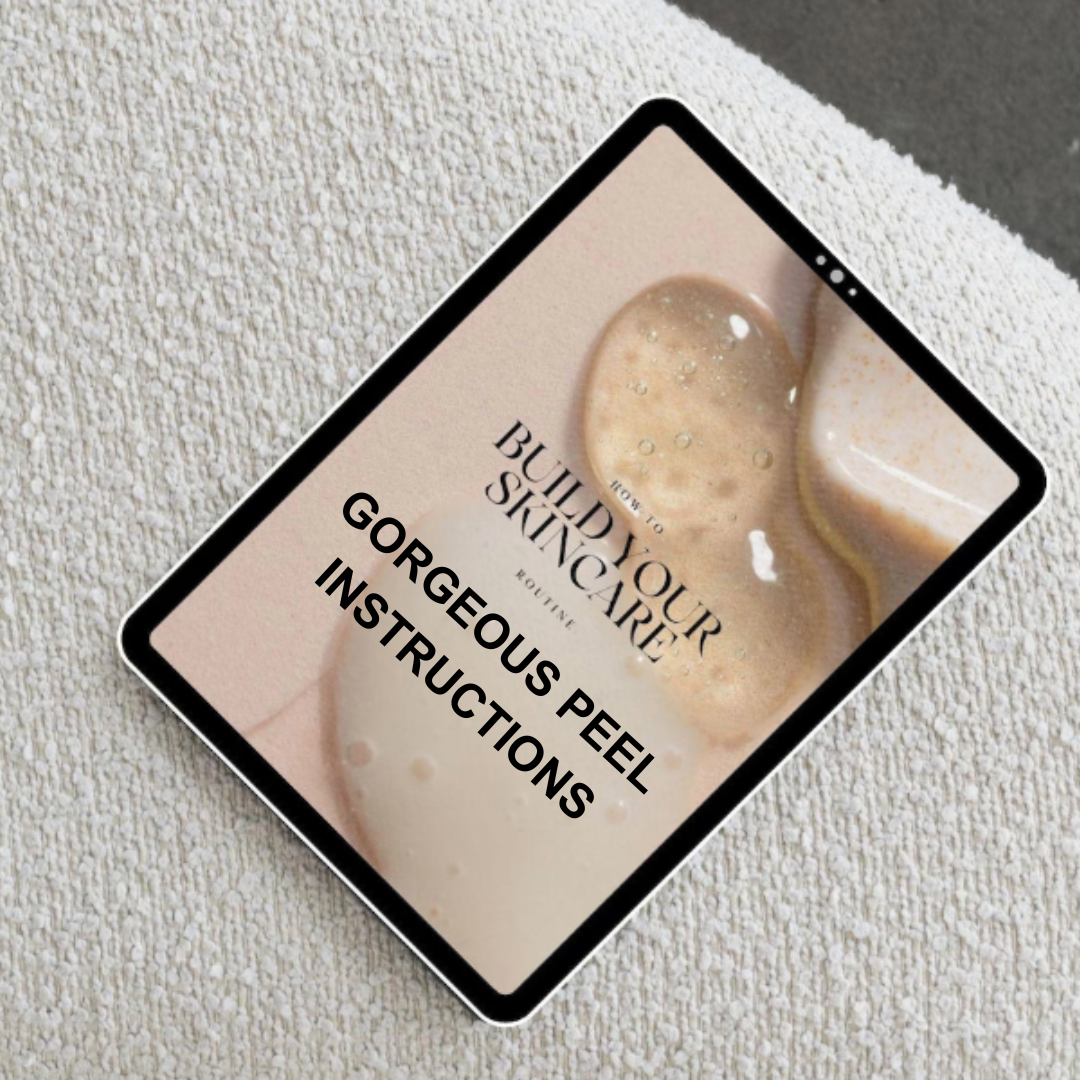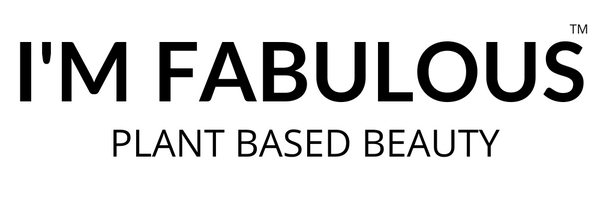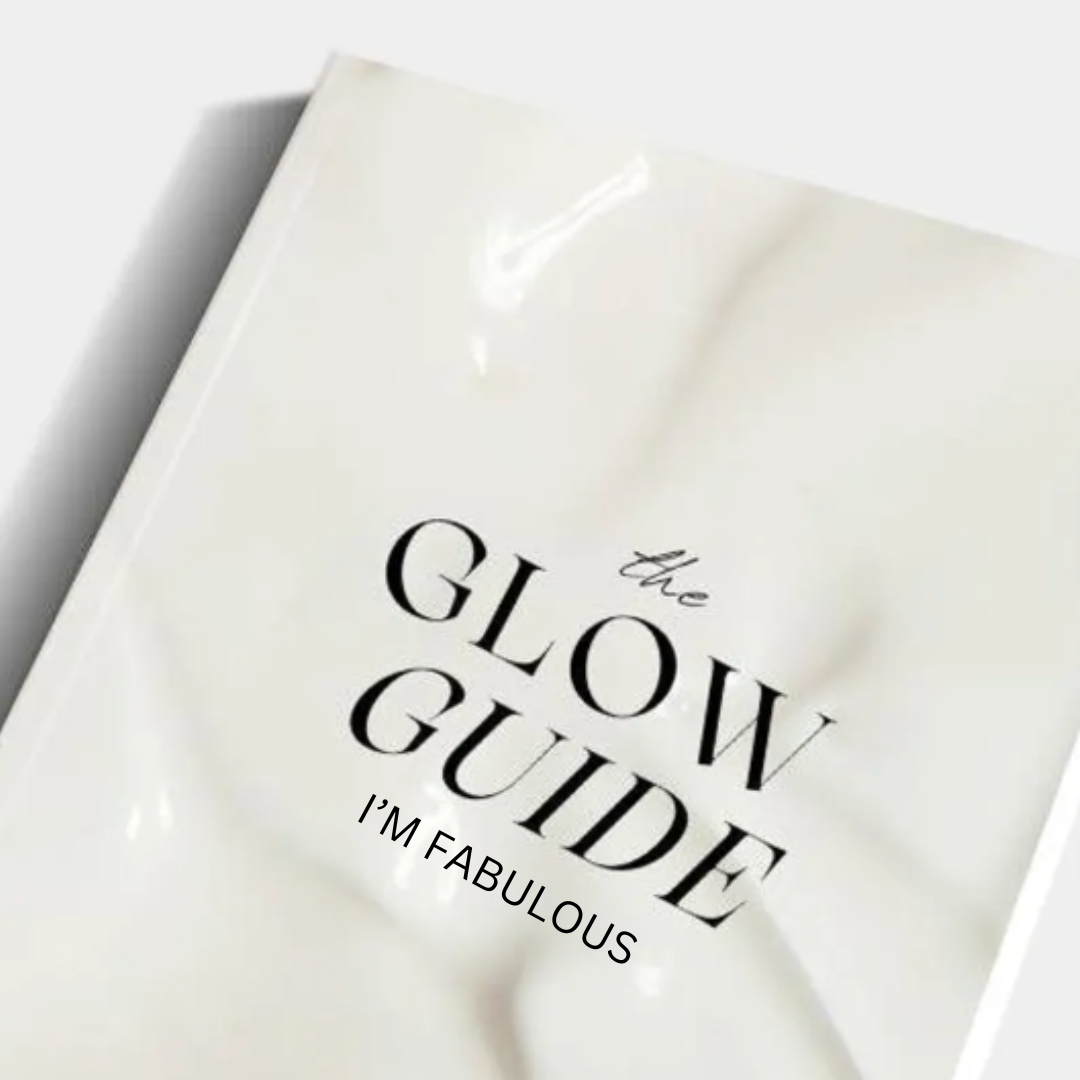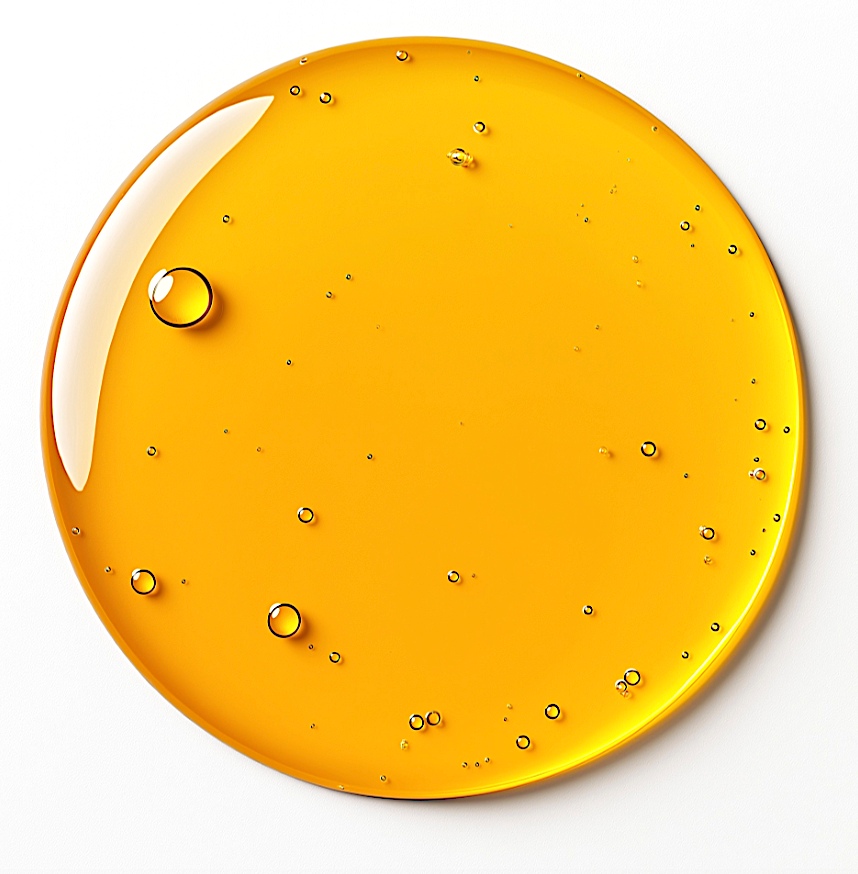
All the Skincare Terms Explained for Glowing Skin
Share
When it comes to achieving glowing, healthy skin, the sheer number of skincare terms and products available can be overwhelming. From serums to peptides, AHAs to niacinamide, the jargon alone can make it challenging to navigate the world of skincare. But fear not! This comprehensive guide breaks down the most common skincare terms, empowering you with the knowledge to make informed choices and build the perfect routine for radiant skin.

The Basics of Skincare
1. Cleanser: A cleanser is a product designed to remove dirt, makeup, excess oil, and impurities from the skin. There are various types of cleansers, such as gel cleansers (ideal for oily skin), cream cleansers (great for dry or sensitive skin), and micellar water (a gentle, no-rinse option).
2. Moisturizer: A moisturizer helps hydrate the skin and prevent water loss. It’s available in different formulations like lotions, creams, and gels. Look for ingredients like hyaluronic acid for hydration or ceramides for repairing the skin barrier.
3. Sunscreen: Sunscreen protects your skin from harmful UV rays that cause premature aging, hyperpigmentation, and skin cancer. Always choose a broad-spectrum sunscreen with SPF 30 or higher and apply it daily, even on cloudy days.
Key Skincare Ingredients and Terms
4. Alpha Hydroxy Acids (AHAs): AHAs are water-soluble acids derived from fruits and other natural sources. They exfoliate the skin by removing dead skin cells, promoting smoother texture and a brighter complexion. Common AHAs include glycolic acid, lactic acid, and mandelic acid.
5. Beta Hydroxy Acids (BHAs): BHAs, like salicylic acid, are oil-soluble acids that penetrate deep into pores to clear out excess oil and debris. They’re ideal for acne-prone or oily skin.
6. Retinol: A derivative of vitamin A, retinol is a powerhouse ingredient that boosts cell turnover, reduces fine lines, and improves skin texture. Start with a low concentration to minimize irritation.
7. Niacinamide: Also known as vitamin B3, niacinamide is a versatile ingredient that helps brighten skin, reduce redness, and strengthen the skin barrier. It’s suitable for all skin types.
8. Vitamin C: An antioxidant that brightens the skin, fights free radicals, and boosts collagen production. Look for stable formulations like ascorbic acid or tetrahexyldecyl ascorbate.
9. Hyaluronic Acid: A humectant that attracts water to the skin, keeping it hydrated and plump. It’s ideal for all skin types, especially dry or dehydrated skin.
10. Ceramides: Lipids that form the skin’s natural barrier and help retain moisture. They’re crucial for repairing and maintaining healthy skin.
11. Peptides: Peptides are amino acids that promote collagen production and improve skin elasticity. They’re often found in anti-aging products.
12. Antioxidants: Ingredients like green tea, resveratrol, and ferulic acid neutralize free radicals, protecting your skin from environmental damage and premature aging.
13. Squalane: A lightweight, non-comedogenic oil that mimics the skin’s natural sebum. It hydrates without clogging pores.
14. Cica: Short for Centella Asiatica, cica is a soothing ingredient that calms irritation and redness, making it perfect for sensitive skin.
15. Glycolic Acid: An AHA that exfoliates and brightens the skin. It’s effective but can be irritating for sensitive skin types.
16. Salicylic Acid: A BHA that treats acne by unclogging pores and reducing inflammation.
17. Lactic Acid: A gentle AHA that exfoliates and hydrates, suitable for sensitive or dry skin.
Advanced Skincare Terms
18. Double Cleansing: A two-step cleansing method involving an oil-based cleanser to remove makeup and sunscreen, followed by a water-based cleanser to clean the skin thoroughly.
19. pH Balance: The skin’s natural pH is slightly acidic, around 4.5-5.5. Maintaining this balance is essential for a healthy skin barrier.
20. Skin Barrier: The outermost layer of the skin that protects against environmental damage and retains moisture. Ingredients like ceramides, niacinamide, and fatty acids help repair the barrier.
21. Comedogenic: Refers to how likely a product is to clog pores. Non-comedogenic products are less likely to cause breakouts.
22. Occlusives: Ingredients like petrolatum or shea butter that form a protective layer on the skin to lock in moisture.
23. Humectants: Ingredients that draw water into the skin, such as glycerin, hyaluronic acid, and aloe vera.
24. Emollients: Ingredients that soften and smooth the skin, like squalane, jojoba oil, and fatty alcohols.
25. Free Radicals: Unstable molecules caused by environmental stressors like pollution and UV radiation. They can damage skin cells, leading to aging.
26. Collagen: A protein that gives skin its structure and elasticity. Collagen production decreases with age, leading to wrinkles and sagging.
27. Elastin: A protein that helps skin maintain its shape and elasticity. Like collagen, elastin levels decline with age.
28. Hypoallergenic: Products labeled hypoallergenic are formulated to minimize the risk of allergic reactions, although this is not a guarantee.
29. Dermatologist-Tested: Indicates that the product has been tested by dermatologists, but it doesn’t necessarily mean it’s suitable for all skin types.
30. Non-Irritating: Products labeled as non-irritating are formulated to minimize the risk of redness, itching, or other irritations.
Popular Skincare Techniques
31. Exfoliation: The process of removing dead skin cells to reveal smoother, brighter skin. Exfoliation can be chemical (using AHAs or BHAs) or physical (using scrubs or tools).
32. Hydration: Keeping the skin hydrated by using humectants, drinking water, and using hydrating products like mists or serums.
33. Facial Massage: Techniques like gua sha or jade rolling stimulate blood circulation, reduce puffiness, and improve lymphatic drainage.
34. Spot Treatment: Targeted treatments for acne, dark spots, or other specific skin concerns. Ingredients like benzoyl peroxide and salicylic acid are commonly used.
35. Layering: Applying skincare products in the correct order to maximize their effectiveness. Typically, it starts with the thinnest consistency (like toner) and ends with the thickest (like moisturizer).
36. Patch Testing: Testing a small amount of a product on your skin to check for any allergic reactions before using it on your entire face.
37. Toner: A liquid applied after cleansing to remove any residual dirt and prepare the skin for subsequent products. Modern toners often include hydrating or soothing ingredients.
Common Skin Concerns and Solutions
38. Acne: A skin condition caused by clogged pores, excess oil, and bacteria. BHAs, benzoyl peroxide, and tea tree oil are effective treatments.
39. Hyperpigmentation: Dark spots or uneven skin tone caused by sun damage, acne scars, or hormonal changes. Ingredients like vitamin C, niacinamide, and licorice root can help.
40. Rosacea: A chronic skin condition characterized by redness and visible blood vessels. Gentle, fragrance-free products with calming ingredients like cica or aloe vera are best.
41. Dry Skin: Characterized by flaky, rough patches due to lack of moisture. Look for hydrating ingredients like hyaluronic acid, glycerin, and shea butter.
42. Oily Skin: Caused by overactive sebaceous glands. Lightweight, non-comedogenic products and mattifying ingredients like niacinamide can help.
43. Sensitive Skin: Easily irritated by skincare products or environmental factors. Stick to fragrance-free, hypoallergenic formulas.
44. Aging Skin: Fine lines, wrinkles, and sagging due to decreased collagen and elastin production. Retinoids, peptides, and antioxidants are effective anti-aging ingredients.
45. Dehydrated Skin: Lacks water (not oil) and may feel tight. Use humectants like hyaluronic acid and avoid harsh cleansers.

Skincare Myths Debunked
46. "Natural" Means Better: Natural products aren’t always safer or more effective. Focus on ingredients and formulations rather than marketing buzzwords.
47. Expensive Products Work Better: Price doesn’t guarantee effectiveness. Many affordable products deliver excellent results.
**48. Oily




